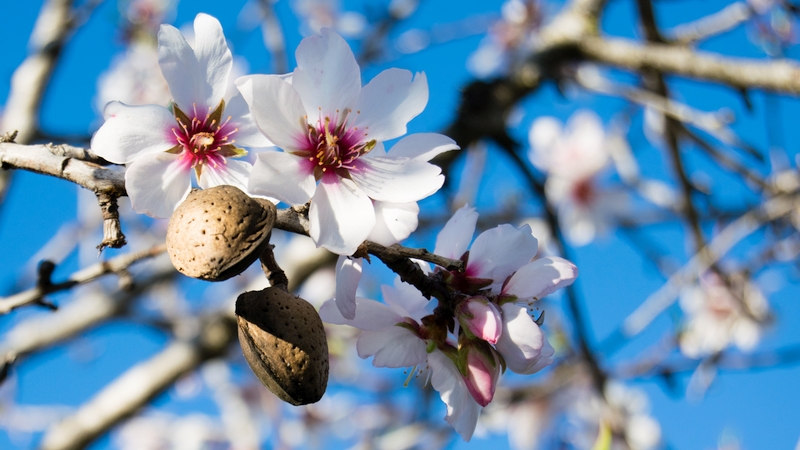Nitrogen Budgeting Tips
Proper nitrogen budgeting saves money, improves nut quality and yields and helps the environment.
The Almond Board of California has created a video detailing the importance of nitrogen budgeting, including tips on how to use the new nitrogen calculator.
Nitrogen needs vary depending on a tree’s growth stage. The Almond Board points out the importance of the four Rs: Applying the right rate, at the right time, in the right place, using the right source.
When these rules are followed, research has found that almonds can achieve nitrogen use efficiencies of 70% or higher. Supplying trees with the right amount of nitrogen at the right time also helps improve both yield and nut quality.
On the other hand, applying too much nitrogen, or applying it at the wrong time, isn’t just expensive for growers – it can be environmentally hazardous. Nitrogen the trees can’t take up can form nitrates that move through the soil and can possibly contaminate groundwater. To make sure this doesn’t happen, California growers are required to prepare a nitrogen management plan annually starting this year.
According to the Almond Board, a nitrogen management plan also must factor in other sources of nitrogen besides fertilizer, including the following:
- Nitrates in irrigation water
- Nitrogen in cover crops
- Nitrogen that is contributed by compost
The University of California-Davis Department of Plant Sciences has developed an updated in-season nutrient budget model, which includes guidelines for early-season leaf sampling. Growers can follow these guidelines for early-season tissue sampling to ensure proper nitrogen application.
In addition, growers can use the new online nitrogen calculator to determine fertilizer needs throughout the season based on yield estimates, leaf sampling and the nitrogen already available from sources other than fertilizer.
The calculator can also store data and even make adjustments depending on changes in the orchard.
Source: Almond Board of California










